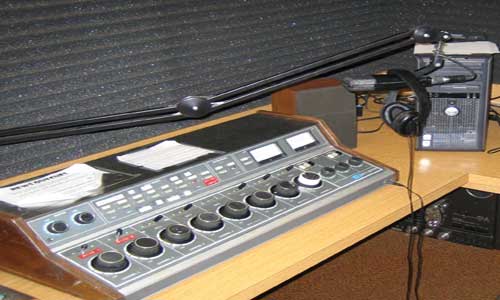When using Sound Bites in your story:
Remember to include the running time of the sound bite and the out cue
The out cue lets the anchor know the last words being said so they are prepared to go back on-air. Without the out cue the anchor will think they have more time to practice reading the newscast and will not be prepared to go back on the air.
The lead-in sentence to sound bite is the sentence that leads into or introduces a soundbite and should do the following:
Identifies the speaker
Does not duplicate what the speaker is about to say otherwise you are being redundant and wasting time
Says something of significance
Can stand on its own
The lead-out is the sentence immediately following the sound bite and should do the following:
Reference what the speaker said but does not repeat what was said in the sound bite
Should move the story along in a logic flow

The Quote:
Should be something that the newsmaker says better than the writer, otherwise there is no justification for using it
Should be between 10 to 20 seconds
Should be factual. Remember, theories are not facts
When including a sound bite in a story remember to always give the source of the sound bite before inserting the audio into your script:
Reporters are never the source
Tell the listener what the source said. Say, says and said are the simplest ways of informing listeners of what someone said. There is a difference between said and mentioned, claimed, argued, exclaimed, etc. So use said - it is what they said after all.


